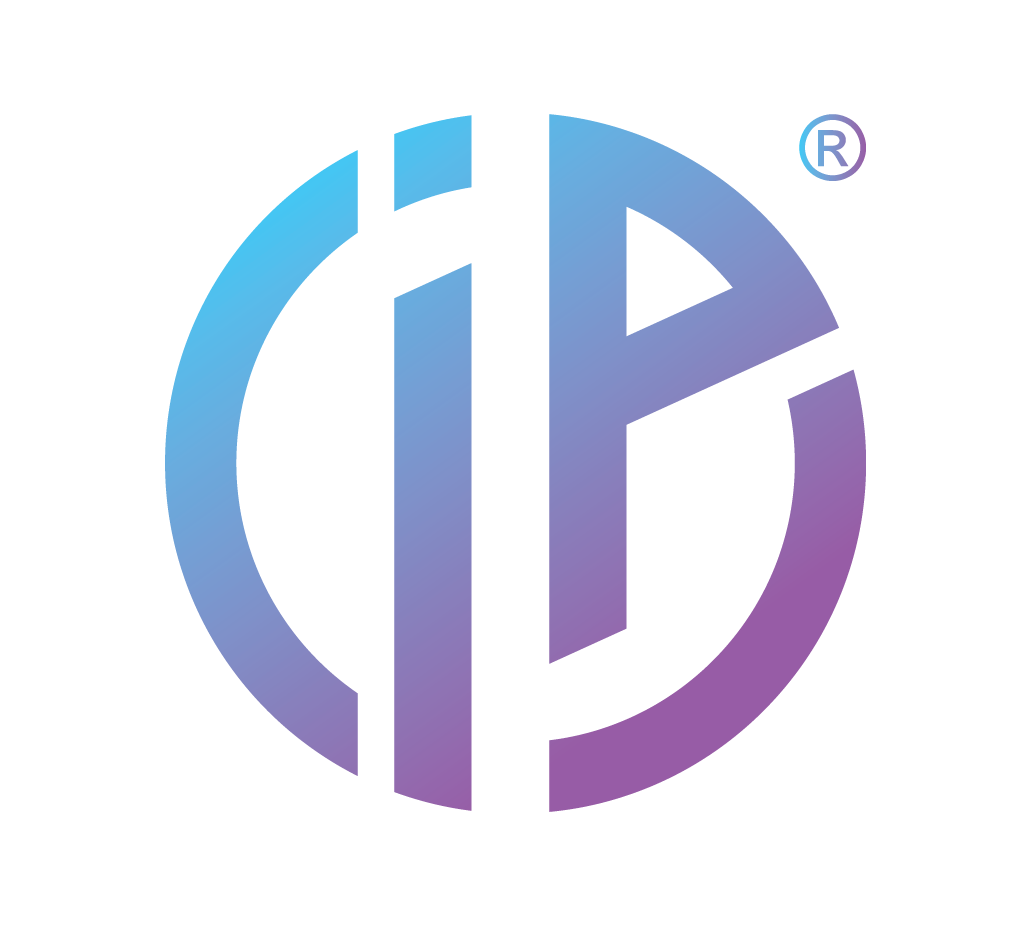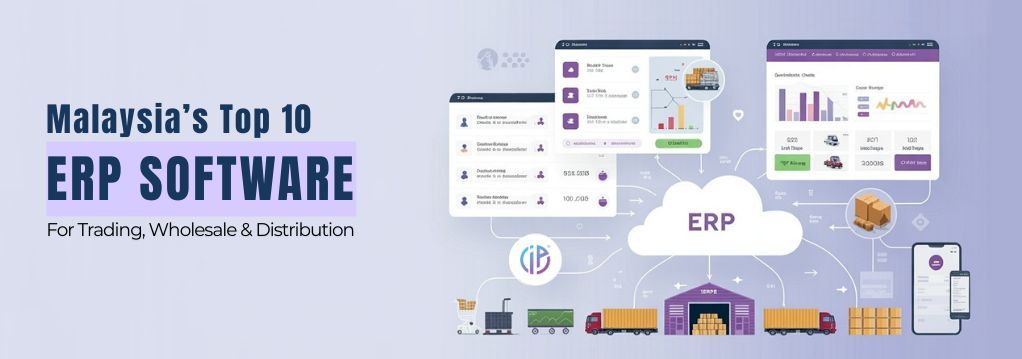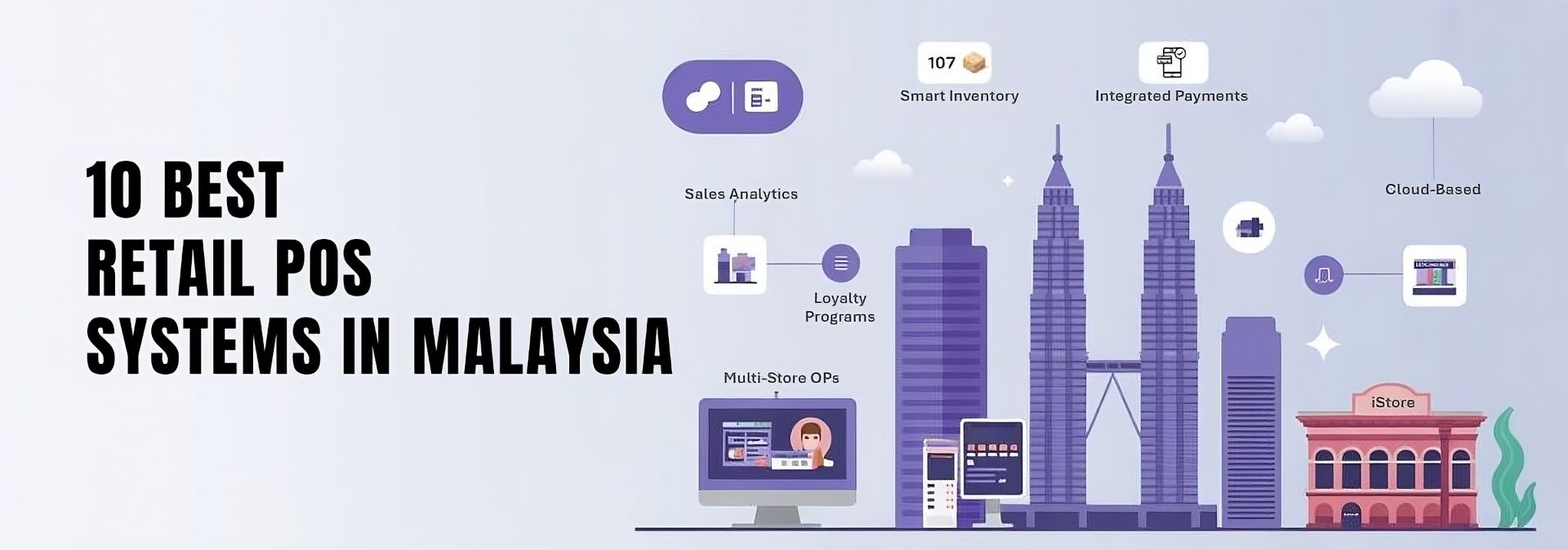In the fast-paced world of retail, data is the key to making informed decisions that drive business growth and operational efficiency. The right metrics empower your team to work smarter, not harder- from optimizing inventory to analyzing sales trends and employee performance.
Here are 20 essential retail metrics and formulas that help businesses track performance, improve strategies, and ultimately increase profitability.
Sales & Customer KPI Metrics
1. Sales per Square Foot
Sales per square foot is a crucial metric for evaluating a retail location's efficiency. It reveals how effectively a store is using its physical space to generate revenue. A higher value indicates strong space optimization, while a lower figure may signal that improvements in layout or merchandising are needed.
Formula:
Sales per Square Foot = Total Sales (MYR) ÷ Total Store Area (sq. ft.)
Example:
- Total Sales: MYR 500,000
- Total Store Area: 1,500 sq. ft.
- Sales per Square Foot: MYR 500,000 / 1,500 sq. ft. = MYR 333.33
Key Takeaway:
This value indicates how effectively a store is utilizing its physical space to generate revenue. The higher the number, the better the store is at making the most of its space to drive sales and profitability.
2. Foot Traffic and Conversion Rate by Time-Periods
Foot traffic measures the number of customers entering your store, while the conversion rate tracks how many of them actually make a purchase. Analyzing this metric by time period (e.g., daily, weekly, or during a festive season) provides insights into the effectiveness of your sales strategies and the potential to turn store visits into revenue.
Formula:
Conversion Rate = (Transactions ÷ Foot Traffic) × 100
Example:
- Foot Traffic: 500 customers
- Transactions: 100 purchases
- Conversion Rate: (100 / 500) x 100 = 20%
Key Takeaway:
This number reveals your ability to turn visitors into paying customers. A higher conversion rate means your sales strategies, store layout, and team are performing well during that period.
3. Average Basket Size
Average basket size reveals how many items customers purchase per transaction. This is a key indicator of your team's success with upselling, bundling, and strategic product placement. A higher average basket size directly contributes to increased revenue per customer visit.
Formula:
Average Basket Size=Total Items Sold÷Number of Transactions
Example:
- Total Items Sold: 4,500
- Number of Transactions: 1,500
- Average Basket Size: 4,500 / 1,500 = 3 items
Key Takeaway:
A larger basket size indicates that your upselling and cross-selling efforts are successful, as you are generating more revenue per customer visit.
4. Discount Code Performance
Monitoring sales generated through specific discount codes is essential for gauging the effectiveness of your promotions. This metric allows you to assess the return on investment for each marketing campaign and understand which offers best resonate with your customers, driving engagement and sales.
Formula:
Discount Code Performance = Sales Generated from Discount Code ÷ Total Sales During the Period
Example:
- Sales from Code: MYR 50,000
- Total Sales: MYR 200,000
- Discount Code Performance: MYR 50,000 / MYR 200,000 = 25%
Key Takeaway:
This percentage helps you assess the success of a promotion in driving sales. A higher value means the discount was effective in encouraging purchases and attracting customers.
5. Regional Performance Comparison
Comparing performance across different locations or regions provides critical insight into your best-performing markets and those that may need a strategic push. This analysis helps you identify regional strengths and weaknesses, guiding decisions on product assortment, local marketing, and resource allocation to maximize overall sales.
Formula:
Regional Performance Difference=Sales in Region X - Sales in Region Y
Example:
- Urban Region Sales: MYR 2,000,000
- Suburban Region Sales: MYR 1,500,000
- Difference (Urban vs. Suburban): MYR 2,000,000 - MYR 1,500,000 = MYR 500,000
Key Takeaway:
This comparison reveals which of your locations or regions are performing best, allowing you to identify top markets and areas that require strategic adjustments to improve sales.
6. Customer Retention Rate (CRR)
The Customer Retention Rate (CRR) measures the percentage of customers who continue to buy from you over a specific period. A high CRR indicates strong customer loyalty and is a powerful indicator of the effectiveness of your customer service, loyalty programs, and product offerings.
Formula:
CRR = (Number of Returning Customers ÷ Total Customers) × 100
Example:
- Returning Customers: 1,200
- Total Customers: 2,000
- CRR: (1,200 / 2,000) x 100 = 60%
Key Takeaway:
A high customer retention rate means your business has strong customer loyalty, which leads to more predictable revenue and lower marketing costs.
7. Customer Lifetime Value (CLV)
Customer Lifetime Value (CLV) estimates the total revenue a business can expect to generate from a single customer throughout their relationship with them. Understanding CLV helps you justify marketing budgets, assess the long-term value of your customer base, and prioritize strategies for customer retention and loyalty.
Formula:
CLV = Average Purchase Value × Purchase Frequency × Customer Lifespan
Example:
- Average Purchase Value: MYR 300
- Purchase Frequency (per year): 3 purchases
- Customer Lifespan: 4 years
- CLV: 300 x 3 x 4 = MYR 3,600
Key Takeaway:
A higher CLV indicates the long-term value of your customer base, which helps guide decisions on marketing budgets and customer retention strategies.
8. YTD Sales Analysis by Location
YTD (Year-to-Date) sales analysis tracks sales performance from January to the current month by location. This metric is essential for assessing regional performance, identifying top-performing stores, and making data-driven decisions to adjust marketing and inventory strategies for each region to maximize overall sales.
Formula:
YTD Sales=Sum of Sales for the Location from Jan to current month
Example:
- Kuala Lumpur: MYR 450,000
- Penang: MYR 230,000
- Johor: MYR 120,000
- Total YTD Sales: MYR 450,000 + MYR 230,000 + MYR 120,000 = MYR 800,000
Key Takeaway:
This analysis helps you identify your strongest markets and those that need a strategic push to improve sales performance.








